Soilless Saffron Cultivation in Greenhouses: Feasible Worldwide
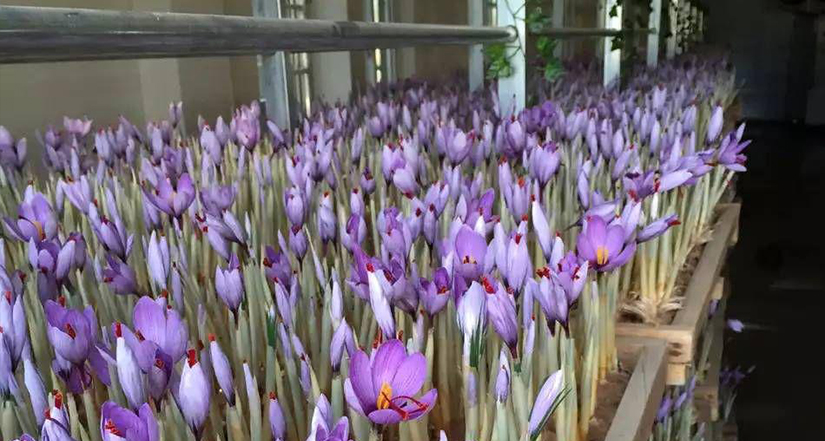
Prior to entering the saffron farming cultivation in greenhouse business you need basic and general information such as: Greenhouse Saffron Plan Overall System (Aeroponic or Soil-Free) – Advantages and Disadvantages of Greenhouse Saffron Growth Plans Compared to Field Crops – required area to start – suitable Soil and water of the field – Saffron greenhouse facilities – Saffron crop yields in greenhouse method to make the right decision.
Overall greenhouse saffron farming system (aeroponic or soil-free)
In saffron greenhouse cultivation (soil-free), initiated by China and a person named Zhaoji, saffron bulbs should be first planted in June and July or the first week of August (if the bulb belongs to the colder region).
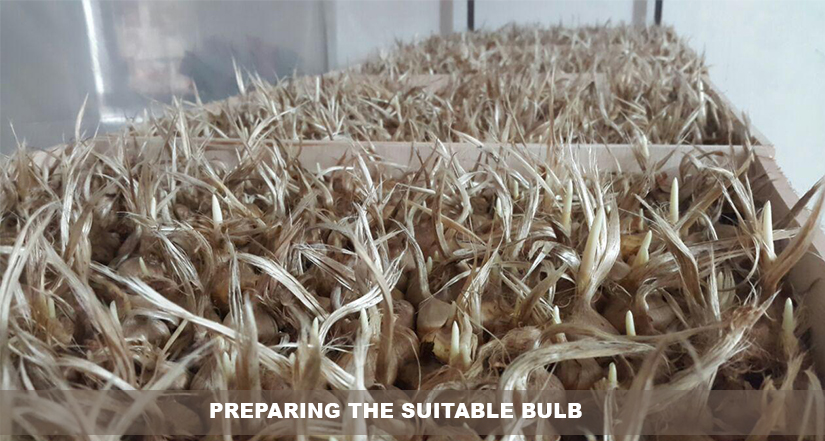
Of course, the best time to provide and buy bulbs is in June because the saffron bulbs are in full sleep. In June, transferring bulbs do not have a negative impact on the flowering and flower formation in the center of the bulbs.
saffron cultivation in greenhouse can be carried out in India, USA, Australia, UAE, Saudi Arabia, etc.
After preparing the bulbs, they are kept in a condition with proper ventilation and humidity and controlled light, and in the middle of August until the beginning of September, the bulbs are transformed to the covered area (greenhouse) after disinfection and being cleared and the wooden shelves are arranged in the desired sizes.
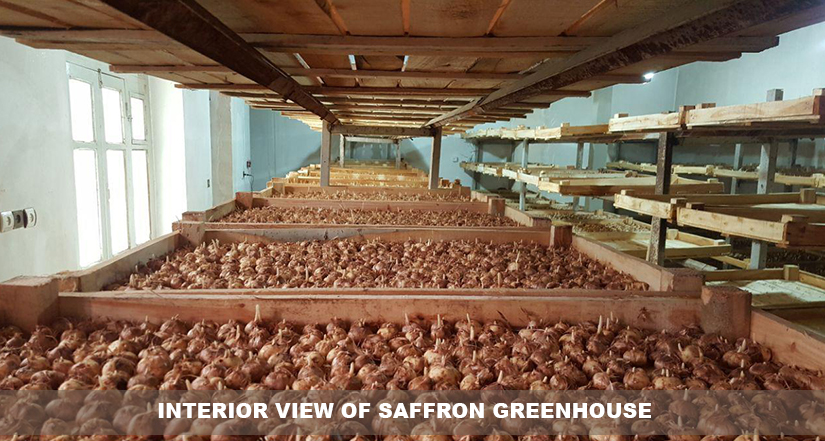
During the 3 months when the bulbs are in the greenhouse and the main crop begins, controls such as light, temperature and humidity are applied, and finally the selection is carried out in mid or late November and then the bulbs are transmitted to the land.
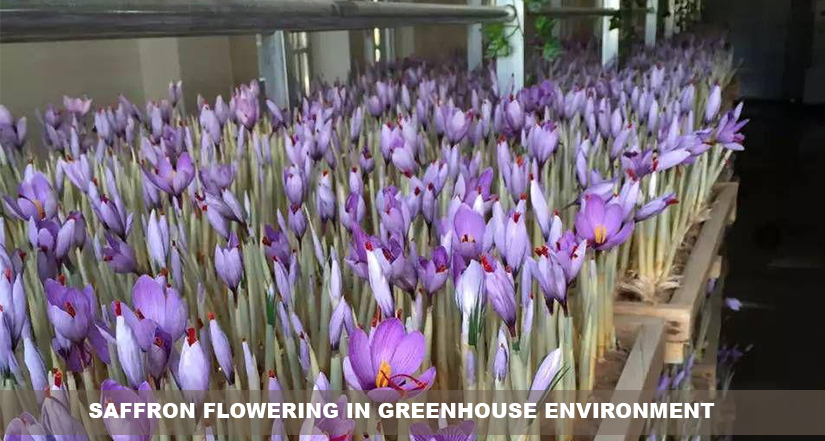
Advantages and Disadvantages of Greenhouse Saffron Plants Compared to Field Cultivation
Advantages
- Cultivated around the world (except lands that are flooded)
- Applicable to small areas
- Low water consumption
- Low labor force
- Controlling the climate that has a negative and destructive effect on flowering and the plant, which makes the crop in higher quality than the field crop. So you can sell your crop at a higher price.
- easy harvesting of saffron flowers
- High quality product production in terms of product appearance (longer stigma length and thicker pen) as well as color, flavor and aroma quality that are influenced by the three factors pyroxine-coropyroxin and safranal.
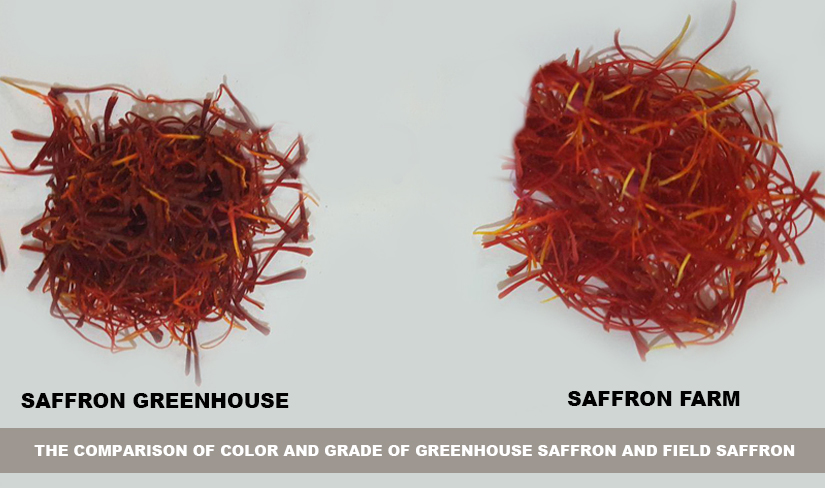
Disadvantages
- Since the saffron greenhouse cultivation process is a combination of greenhouse and land, the biggest drawback to this type of cultivation is when it is transferred to the soil, which requires approximately 3000 to 6,000 meters of land per 100 meters of greenhouse.
- After flowering, Onions should be moved to the ground in November for feeding. This is a relatively high cost transfer.
Greenhouse and field saffron cannot be cultivated in areas where the land is submerged.
Note: that the more carefully you feed, water and spray the bulbs while under the soil, the more dried stigmas you have when you return to your greenhouse.
Measurement required for greenhouse and land
First, for saffron farming, you need an indoor space. The meter and dimensions of the space can be different, typically using 150 meters of space, any structure (brick-mud-cement-straw-mud building can be used).
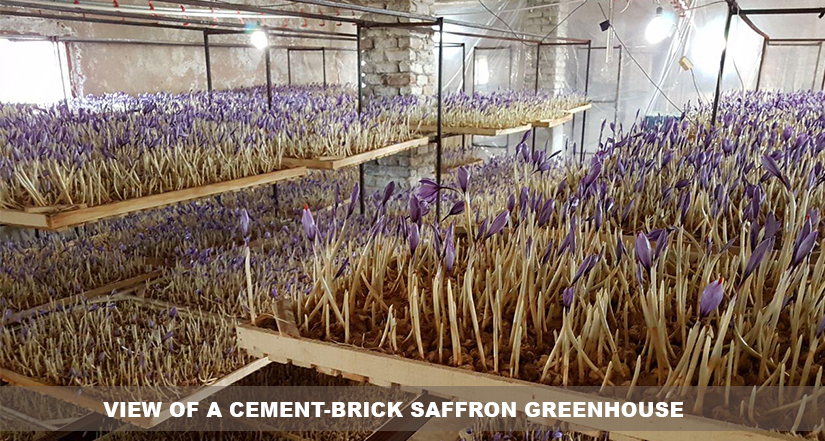
The land required for a 150 m greenhouse is about 4000 m with adequate soil and water. So you must test your soil and water of your land before starting.
Suitable water and soil for onion cultivation
- Soil: Preferably loamy, clayey and sandy and its pH between 1 and 2.
- Water: EC irrigation water up to 1 milli mouse per cm
- Amount of water consumed per hectare: Depending on different areas, about 1-2 cubic meters
Facilities and Supplies Requirements for the Greenhouse Saffron Plan
-
- Big bulbs (20-30-50 g), about 6 tons of bulbs are required for 150 m of greenhouse. (The larger the bulb, the greater the yield).
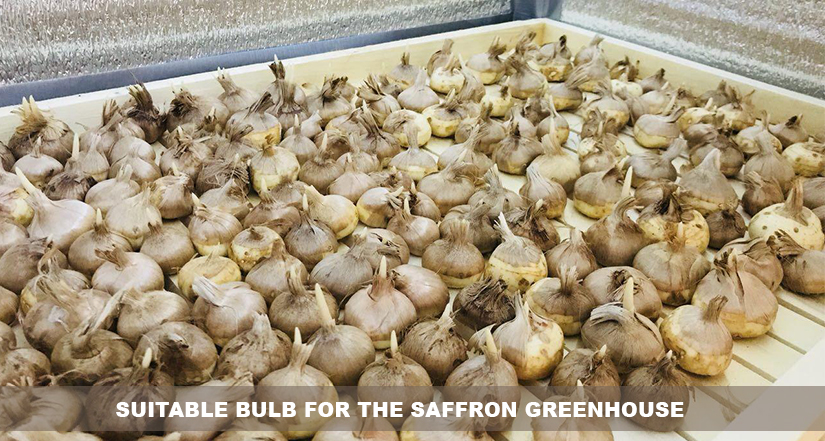
A roofed salon, room, or greenhouse that controls both temperature and humidity and keeps it dark.
Shelves with 40 cm distance in 4 floors.
Wooden shelves measuring 1m by 70cm with a 5cm edge.
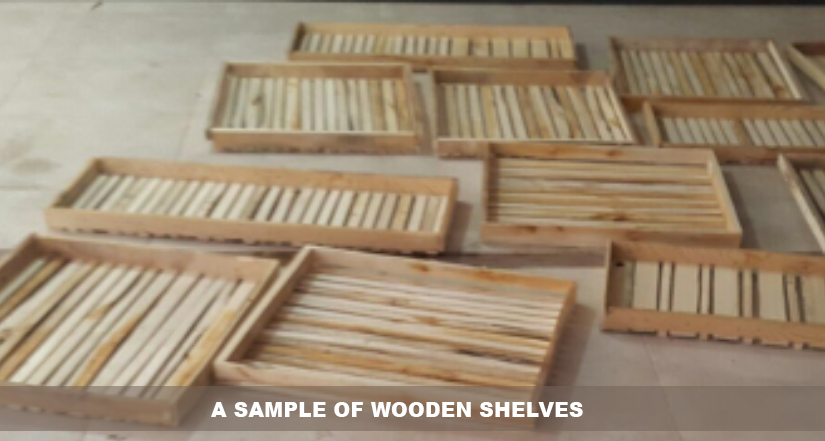
- Water Cooler
- Sprayer or humidifier
- Thermometer and humidity meter
- Temperature and humidity control sensor
Yield of saffron cultivation by greenhouse method
In this method, you can yield about two kilos of dried saffron per ton of first year saffron bulbs (if the average weight of bulbs is thirty grams or more) and about four kilos of dried saffron bulbs from second year onwards.
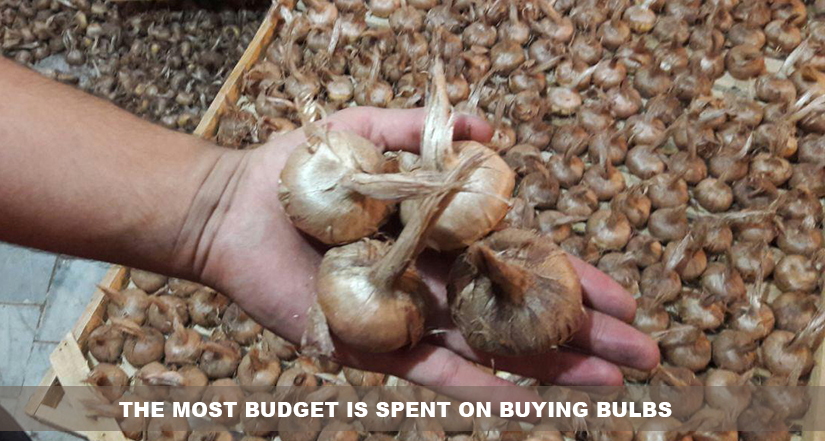
You can study a part of Ebook Training Saffron Planting In Greenhouse below:
Step-by-step training on saffron cultivation in a greenhouse (All content is quite simple and understandable for everyone)
growing saffron for profit
The cultivation of saffron in greenhouses is practical in all parts of the world. In this way, you can only harvest once a year which from the second or third year comes to the original yield, and from every 100 meters under cultivation, you can harvest up to 15 kilos of Pushal saffron. This amount of saffron can bring you a great profit, so make sure to plan for this business. In the step-by-step guidebook of saffron cultivation in soilless greenhouse, we explain all the important tips and techniques of planting along with pictures. Read all the steps carefully and then start.
Step 1: Making or preparing a greenhouse
The first step is to make or prepare a greenhouse. You can use any building such as unused halls, poultry or ranch, greenhouses, mushroom breeding halls, even small surfaces such as underground houses or parking lots, etc.
Greenhouse features
The greenhouse should have several windows to provide natural light (sunlight) for the greenhouse environment. The windows should be in a way to provide adequate light inside.
The location of the greenhouse should be western-eastern and windows to the north and south so that the sun does not go directly into the greenhouse and the height of the greenhouse should not be more than three meters. The walls of the greenhouse can be of any kind, lsuch as straw flowers, bricks, ceramics, and plaster or cement (cement’s better) and the floor of the greenhouse should be made of cement.
Notice that the greenhouse structure should be in such a way to prevent the direct influence of sunlight into the greenhouse and on saffron. It also should not be dark. The more light, the better for the plant.
Tip: the light of the lamps is not effective, just the sunlight is.
Plastic structure
Greenhouse structure of saffron is different from plastic greenhouses. However it is also possible to use a plastic greenhouse, direct sunlight penetration should be avoided because it is harmful for the plant. If you use this type of structure, be sure to paint your greenhouse from inside to prevent the direct sunlight on the plant.

Table of contents Ebook Training Saffron Planting In Greenhouse Step by Step
Saffron and its properties
Step 1: Making or preparing a greenhouse
Step 2: Preparation of the environment inside the greenhouse
Step 3: Greenhouse facilities
Step 4: Preparation of Saffron bulb
Step 5: Aeration
Step 6: Silver the bulbs
Step 7: Stack Storage
Step 8: the End of storage and start the greenhouse
Step 9: Transfer the bulbs to the greenhouse
Step 10: Plant germination
Step 11: Flowering bulbs
Step 12: Return the bulbs to the ground
Step 13: Land irrigation
Step 14: foliar application
Step 15: Stop growth of saffron bulbs and digging them out from the ground
Frequently Asked Questions
Product details
- File Size: 7/07 MB
- Length: 99 pages
- Publisher: Gruloda
- Language: English
- File Type: Ebook (PDF)
Recent search terms:
- aeroponic saffron farming rack tray size
- how to do saffron farming at home aeroponic
- rack dimensions for saffron farming
- saffron lab setup step by step guide



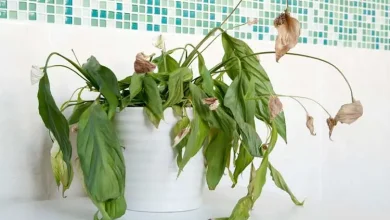
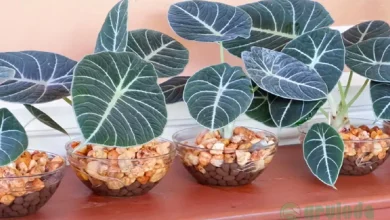
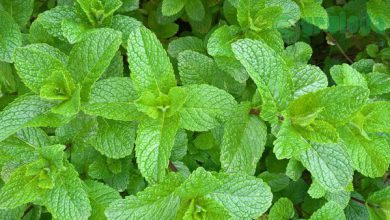
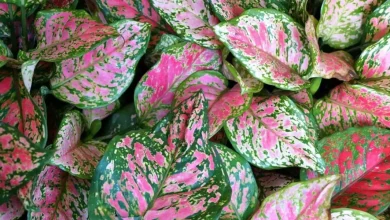
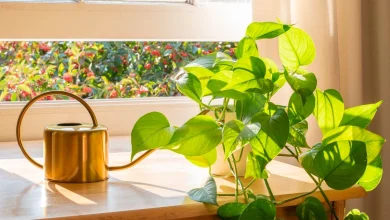
A bulb can be use multiple times for yielding
You can use saffron bulbs for several years, and their number doubles each year. For example, if you have 10 tons in the first year, it will be around 20 tons in the second year.
Why should we use wooden shelves instead of plastic shelves?
Hello dear friend. You can use both materials, but wood is more durable and we recommend using it.